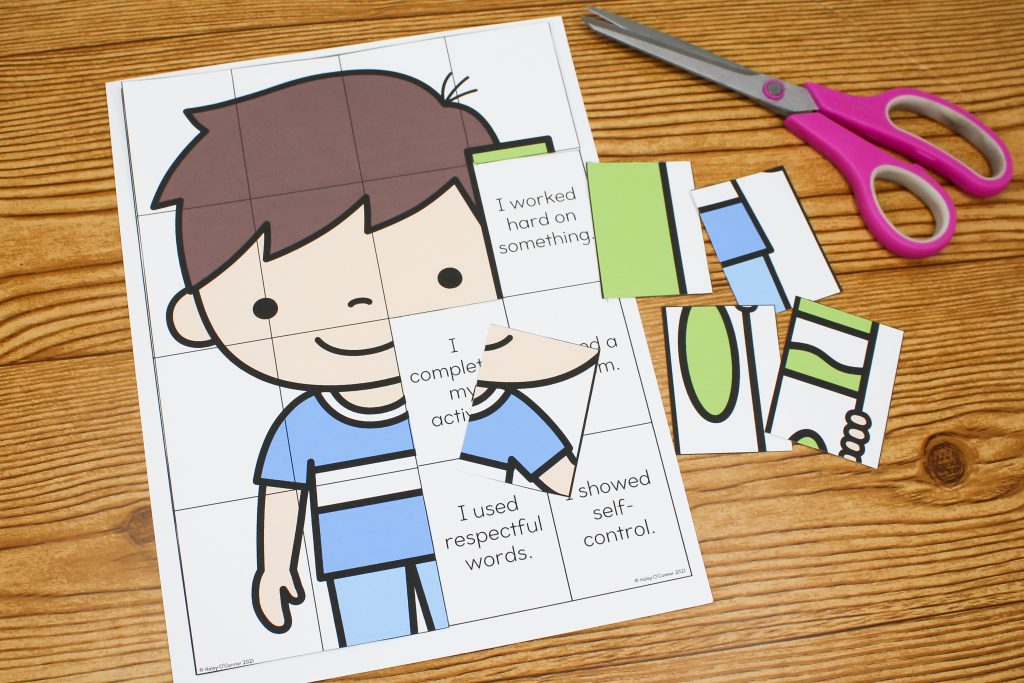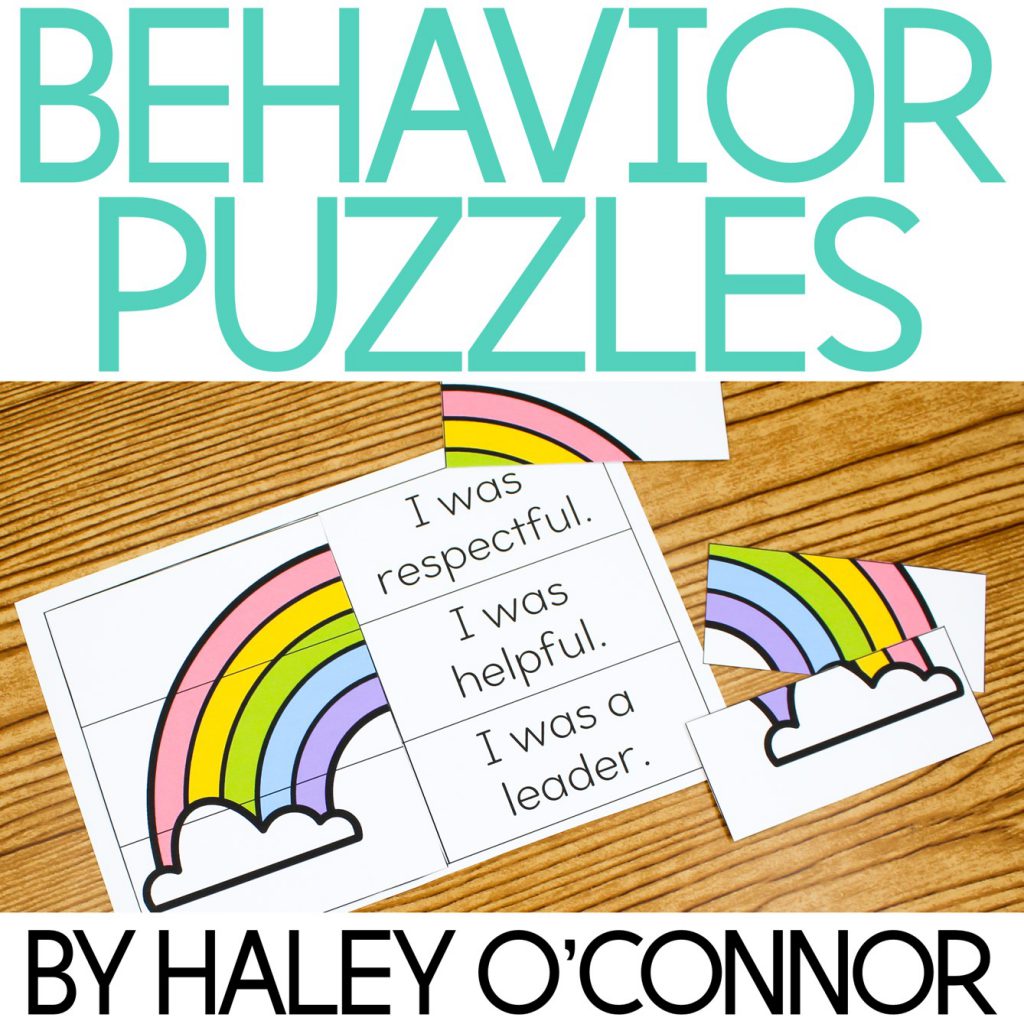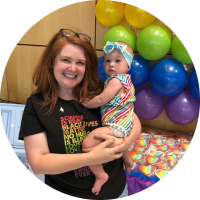Behavior Puzzles
If you’ve been following me on social media, or have ready many of my posts, you know that I am ALL for intrinsic motivation.
Our goal as educators, and parents, should always be to support our kids so that they can set their own goals and work towards making the best choices because they feel good! It feels good to be kind, and make friends, and finish tasks.
But for some kids, they need a little bit more support. They might not quite be able to finish tasks on their own, even with lots of behavior support. I wanted to create a resource you could use when your kiddos just need a littttlleee but of extra encouragement. Like all behavior support, the goal is ALWAYS independence. Hopefully they won’t need any sort of reward system one day. But while they do, it’s so important that we have systems in place that meet that need AND don’t cost you a ton of money, time, etc.
So What are Behavior Puzzles?
Behavior puzzles are similar to a token economy. When students meet a behavior goal (like completing a task or walking down the hallway), they earn a puzzle piece. After doing this 6, 9, 12 times, they’ve earned all of their puzzle pieces and their puzzle is complete!

How Do I Use Them?
The key with any behavior intervention is how it’s presented. I’d encourage you to bring your student to your computer, and ask them to choose a puzzle they’d like to complete! I’ve included seasonal puzzles (holidays, seasons), as well as high interest topics like favorite foods, vehicles, princesses, and ninjas.

If your student would be more motivated by a movie or TV character, you can simply use the editable version and insert an image from your online search. All you need to do is delete the words, and then insert your image. Right click the image and hit “send to back” so you can cut on the puzzle lines. Super simple!

What Goals Do We Use?
Again, I really encourage you to work with the student to set the goals you’ll use for this puzzle. I’ve included a lot of puzzle boards that include pre-typed goals. Here are a few examples of the puzzle boards I’ve already created for you.

If your student or child has specific things they are working on, just type it right into the editable slide. You can type the same thing in each box, or work with the child to add different ones.

What Happens When They Finish The Puzzle?
The great thing about these behavior puzzles is that they are the actual reward. When they complete it, they have a special reminder of their hard work with a a picture they really love! You might consider laminating it and writing a note on the back so they can keep it as a reminder!
If you find that the puzzle itself is not motivating, you can attach a reward to it. However, I’d really encourage you to focus on relationship building rewards (like time) over a trinket, snack, etc.
What are Relationship Building Rewards?
When we think of classroom rewards, you might think of a treasure box full of fast food toys that will get thrown away or lost. Instead of these trinkets, I like to focus on things that will strengthen my relationship with the student. These things are usually free, and require very little from you. But they WILL make an impact on the child and your relationship with them.
Some examples include:
- lunch with you
- a game at recess with you
- a positive note or email home
- a positive visit to an administrator or counselor
- a big, warm hug
- a dance party with you
- a board game or other activity
- a few minutes of craft time
What About Breaks?
You might find that your student needs more frequent breaks than other kids. They might need time away to decompress, or just “be themselves” without having to complete a task or behave a certain way. While I really encourage you to build these breaks into your day as much as possible, your student might respond really well to being able to earn these. If you wanted to use the puzzle in this way, I encourage you to set really easy goals on each of the puzzle pieces so they can complete it frequently. You might even laminate the puzzle and use velcro so they can do it over and over (likely every day.
If they’re using it to earn a break, some possible breaks include:
- 15 minutes of screen time (ipad, computer)
- 10 minutes of free choice time (blocks, games, coloring)
- 15 minutes of craft time
- 5 minutes of rest time
- 20 minutes in another room
Where Can I Get These Puzzles?
You can purchase these behavior puzzles HERE in my TPT store! I hope you love them and I am always happy to answer any questions you have!

